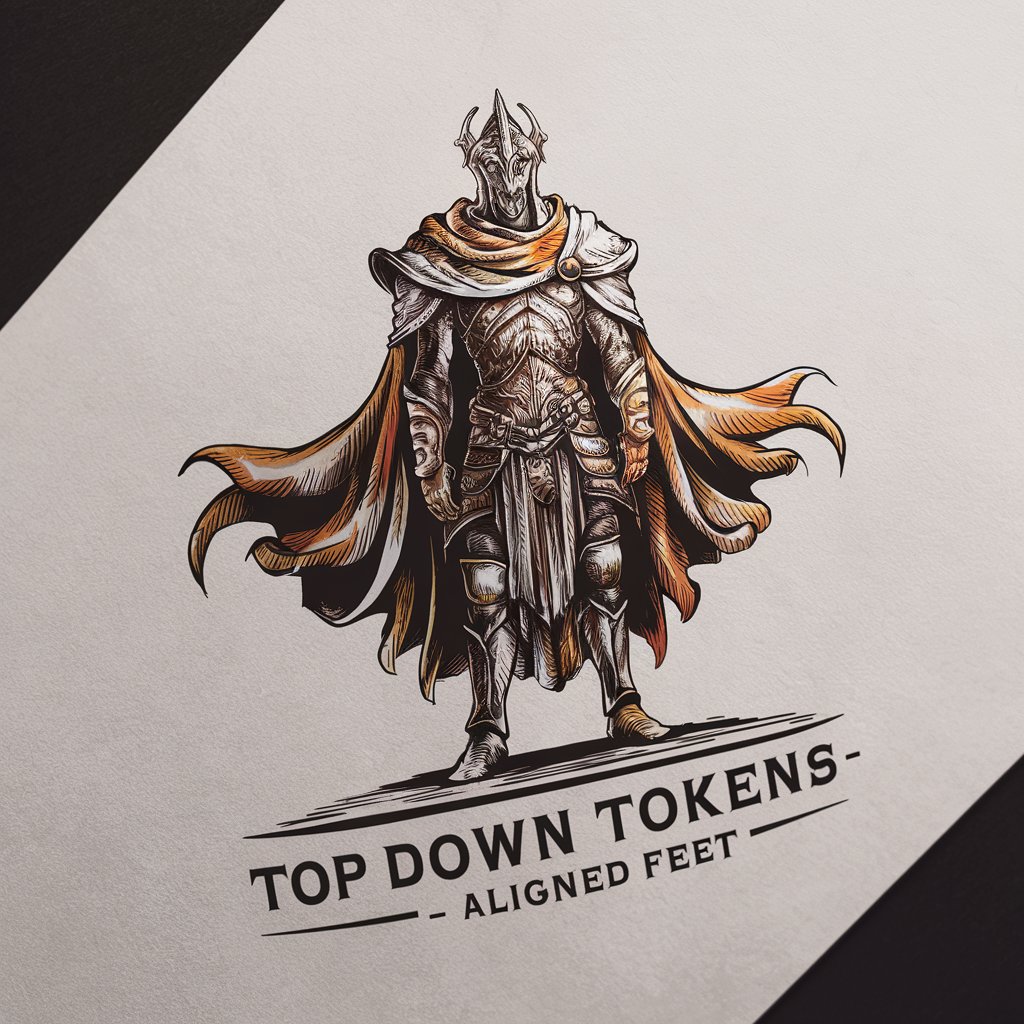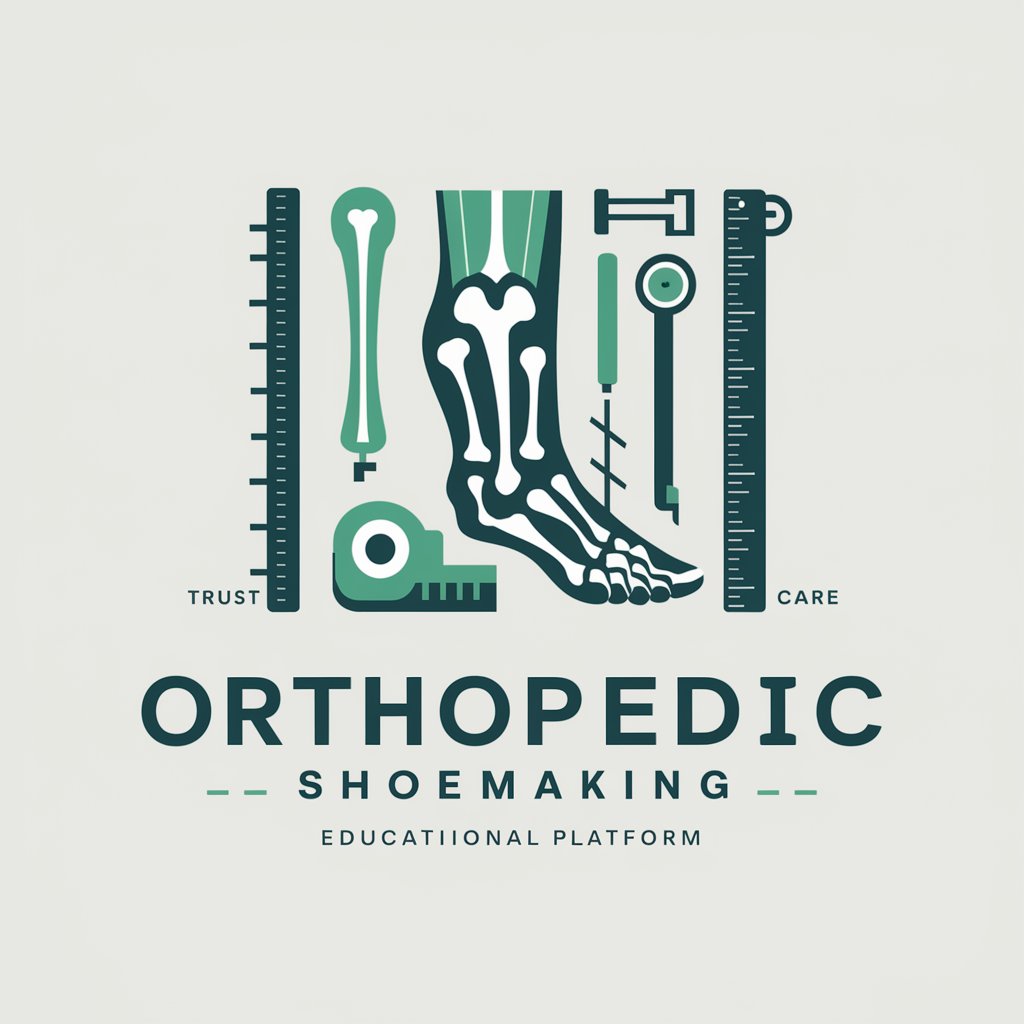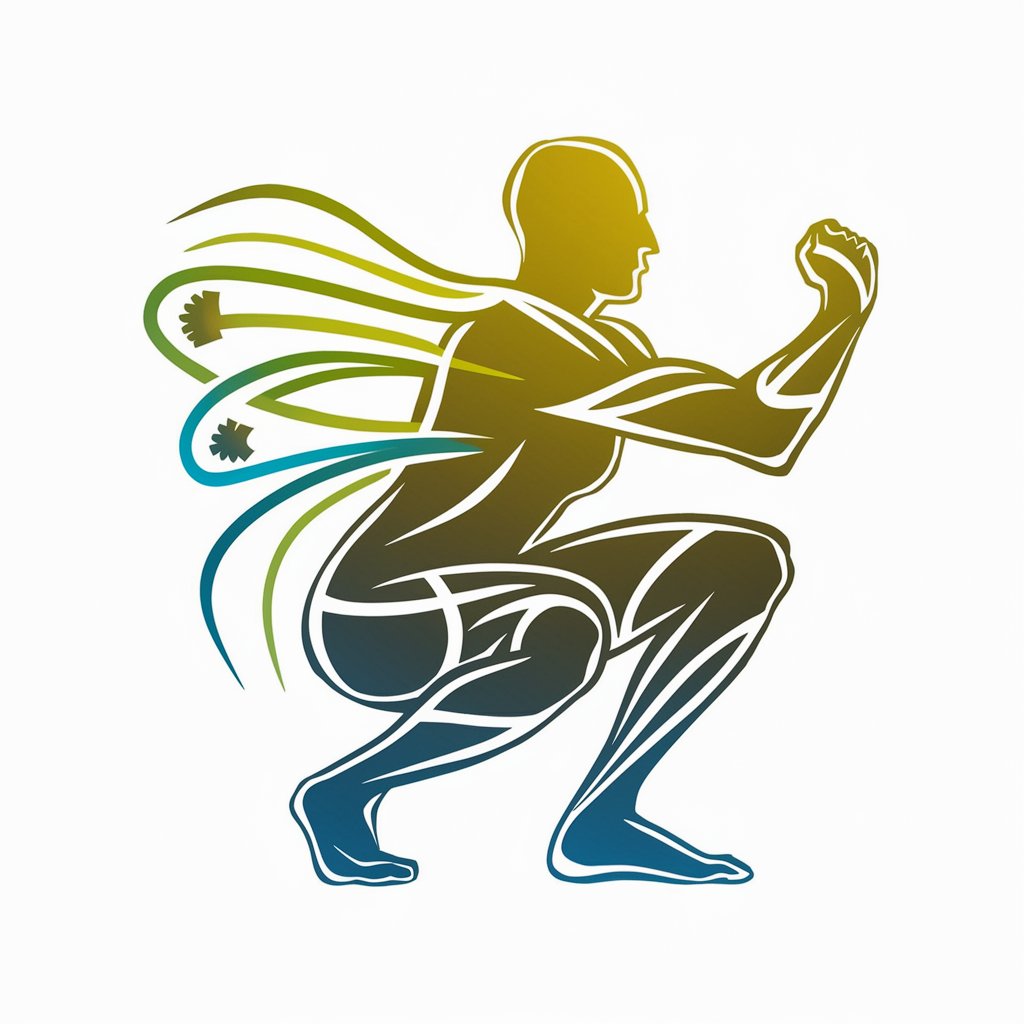
Toes - Toe Anatomy Insights
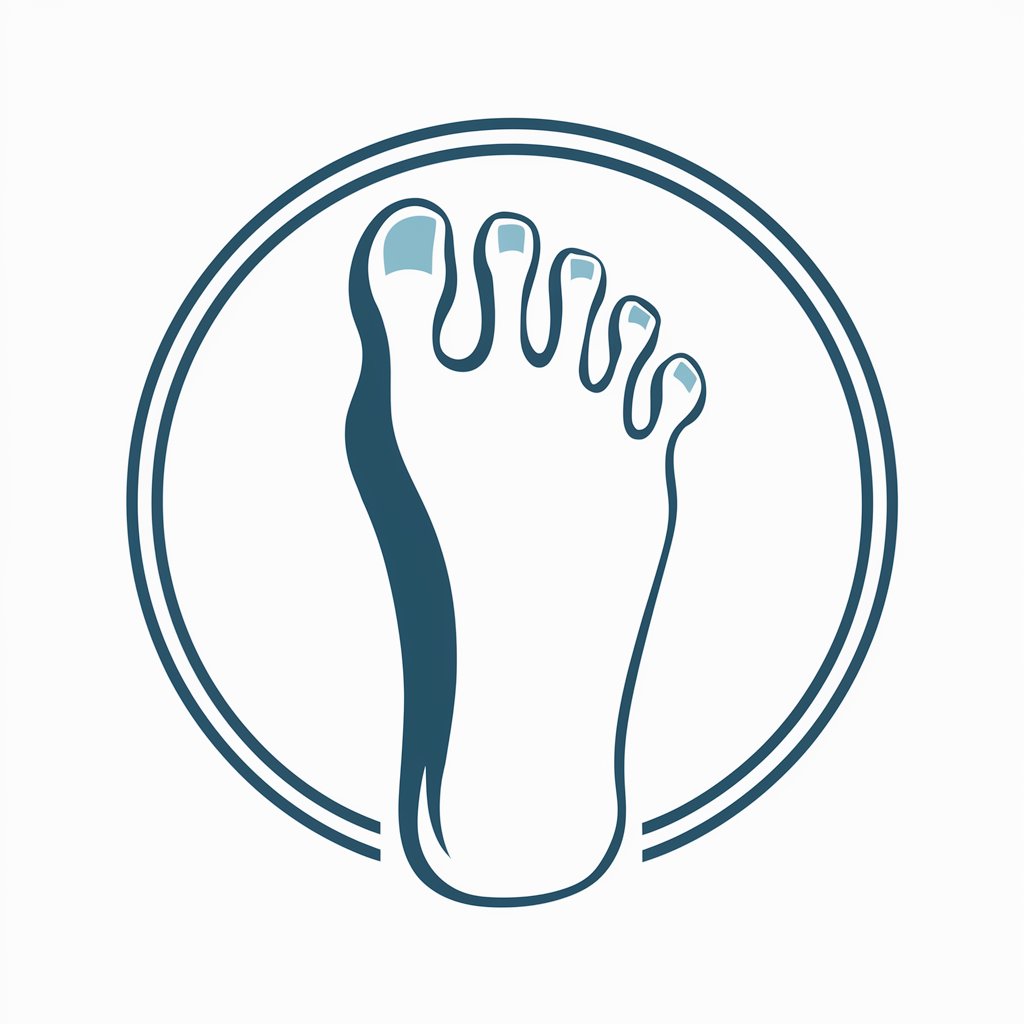
Hello! Ready to learn all about toes and their amazing functions?
Unlocking the secrets of toe functionality with AI
Explain the role of toes in maintaining balance.
Describe the anatomy of the big toe.
What are common conditions that affect the toes?
How do toes contribute to mobility and walking?
Get Embed Code
Overview of Human Toes
Human toes are a group of five digits located at the distal end of the foot, playing a crucial role in various aspects of mobility and balance. Each toe is composed of small bones called phalanges, with the big toe (hallux) having two phalanges and the other four toes having three. The design and function of toes are integral to human locomotion, providing the necessary leverage and support for activities such as walking, running, and jumping. For instance, when walking, the toes help in the final push-off phase, giving the step its power and direction. In scenarios requiring balance, such as standing on one foot or navigating uneven surfaces, the toes grip and adjust pressure distribution, enhancing stability. Powered by ChatGPT-4o。

Primary Functions of Toes
Support and Balance
Example
Maintaining equilibrium while standing on one leg
Scenario
Toes spread out to increase the base of support, adjusting pressure and tension to counterbalance the body's weight and maintain stability.
Propulsion
Example
Powering the push-off phase in walking or running
Scenario
The toes, especially the big toe, exert force against the ground to help propel the body forward, playing a key role in accelerating and maintaining movement.
Enhanced Mobility
Example
Navigating uneven terrain or performing agile movements
Scenario
Toes adjust their position and pressure distribution to adapt to different surfaces, aiding in the balance and agility required for activities such as climbing or sports.
Shock Absorption
Example
Landing from a jump
Scenario
The flexibility of the toes helps in absorbing and distributing the impact force, reducing stress on the larger joints of the lower limb.
Key Beneficiaries of Understanding Toe Functions
Athletes and Sports Enthusiasts
Individuals engaged in sports and physical activities greatly benefit from an understanding of toe functions to enhance performance, prevent injuries, and optimize movements for efficiency and power.
Rehabilitation Professionals
Physiotherapists, occupational therapists, and other rehabilitation specialists utilize knowledge of toe anatomy and function to design effective recovery programs for foot-related injuries, ensuring a safe and efficient return to activity.
Elderly Population
With age, maintaining balance and mobility becomes challenging. Knowledge of how toes contribute to these aspects can assist in developing strategies to prevent falls and improve the quality of life.
Educators and Students
Individuals in academic settings, studying human anatomy or engaged in physical education, can deepen their understanding of human locomotion and biomechanics through the study of toes.

How to Use Toes
1
Start by accessing yeschat.ai for a complimentary trial, bypassing the need for login or ChatGPT Plus subscription.
2
Select the 'Toes' option from the available tools to begin exploring its features tailored to learning about toe anatomy and function.
3
Utilize the search or question prompt to ask specific questions regarding toes, their anatomy, role in balance, or any related queries.
4
Explore the educational content provided, including detailed explanations, diagrams, and related resources for a deeper understanding.
5
Make use of the feedback feature to ask follow-up questions or clarify any doubts for a more personalized learning experience.
Try other advanced and practical GPTs
Cardiff Keyword Planner
Empowering Cardiff Businesses with AI-Driven SEO

Agencia LEFTARROW
Elevating B2B with AI-Driven Strategies
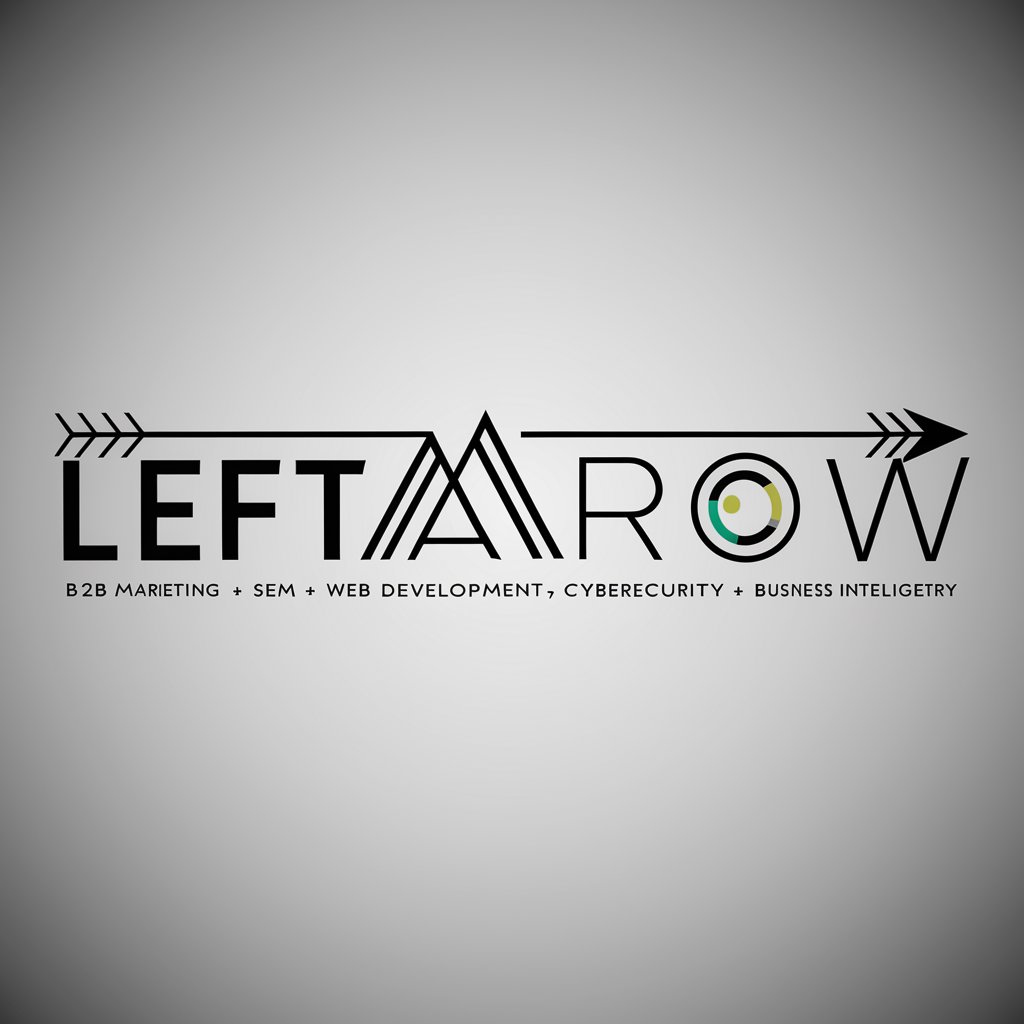
World Vision Sage
Insightful AI for World Vision Information
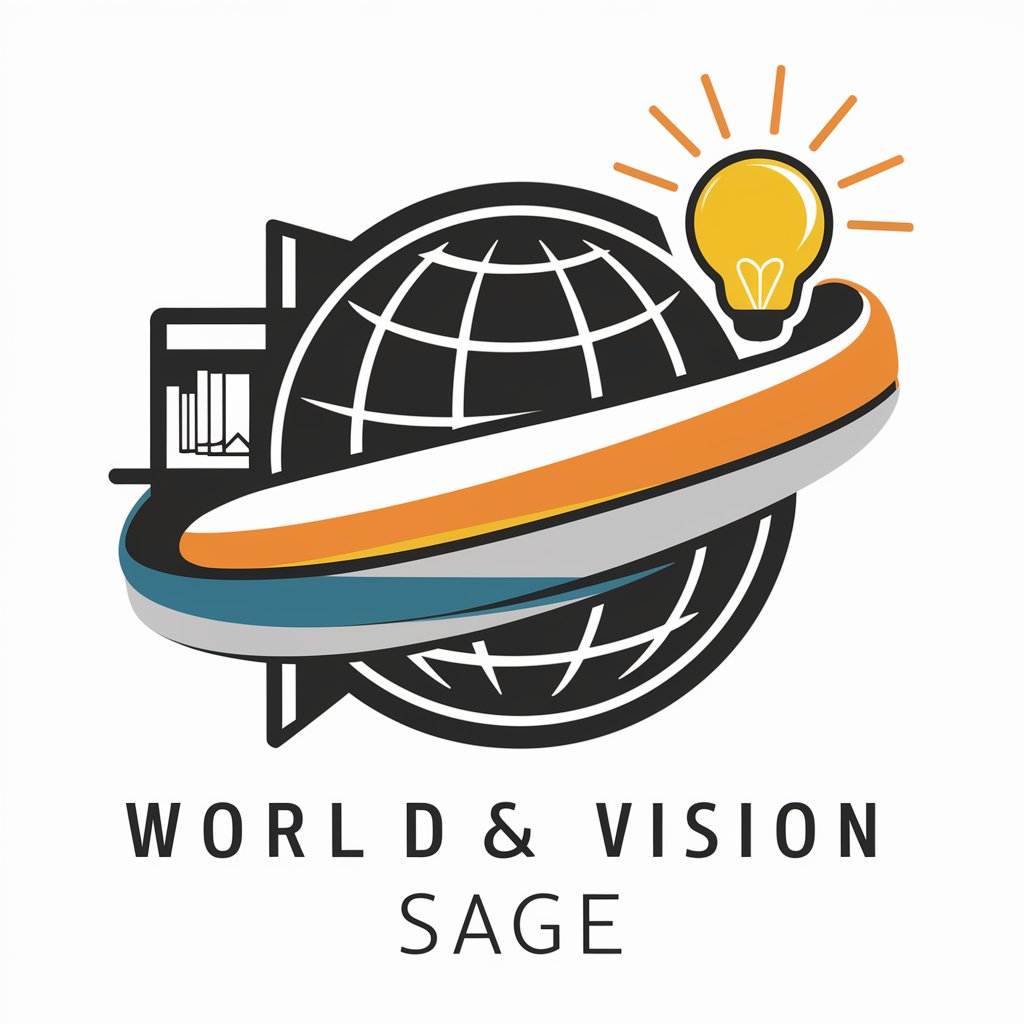
甲道 数希
Expert IT advice at your fingertips.

Cold Plunge
Dive into Wellness with AI

Email Swipe Crafter
Craft Persuasive Emails with AI

Ferrou e agora?
Empower Your Mind, Enhance Your Life
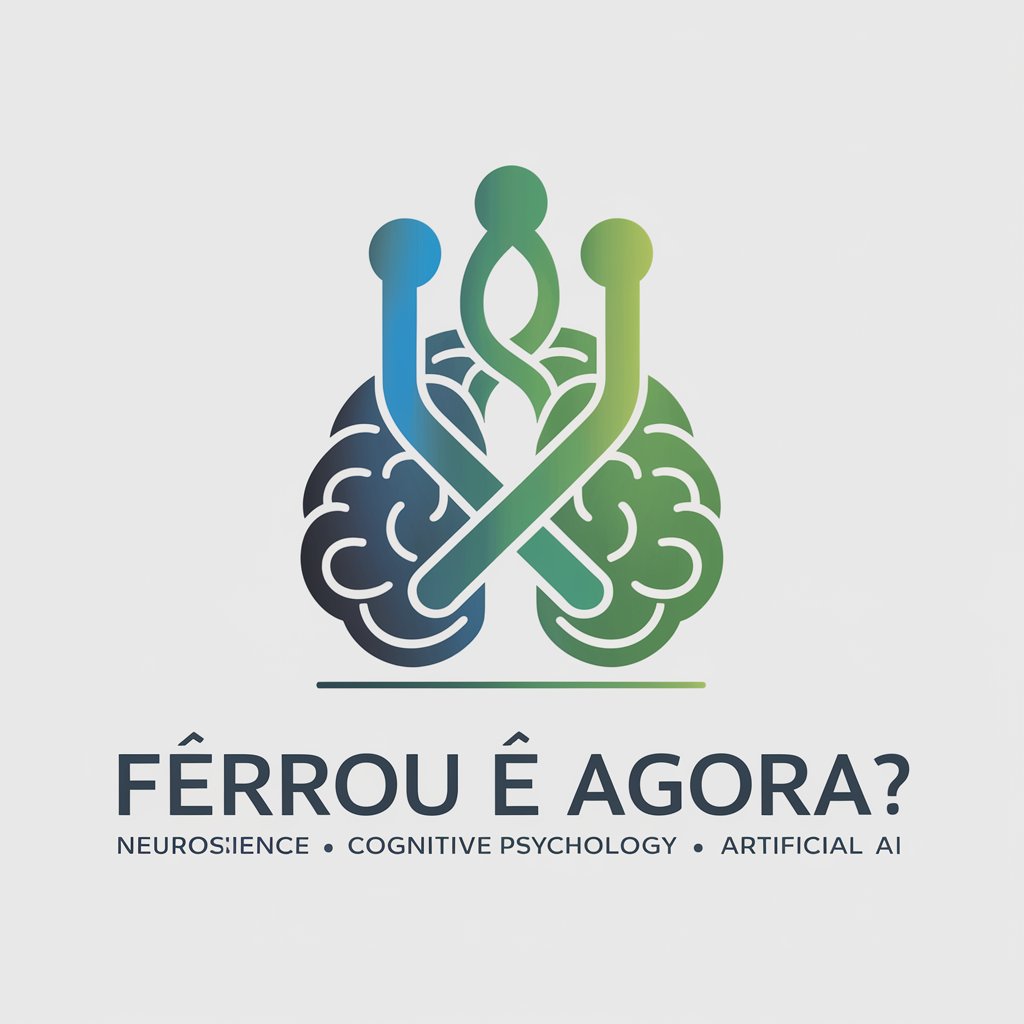
林梦研
Empowering Creativity with AI

愛希
Empowering Creativity with AI
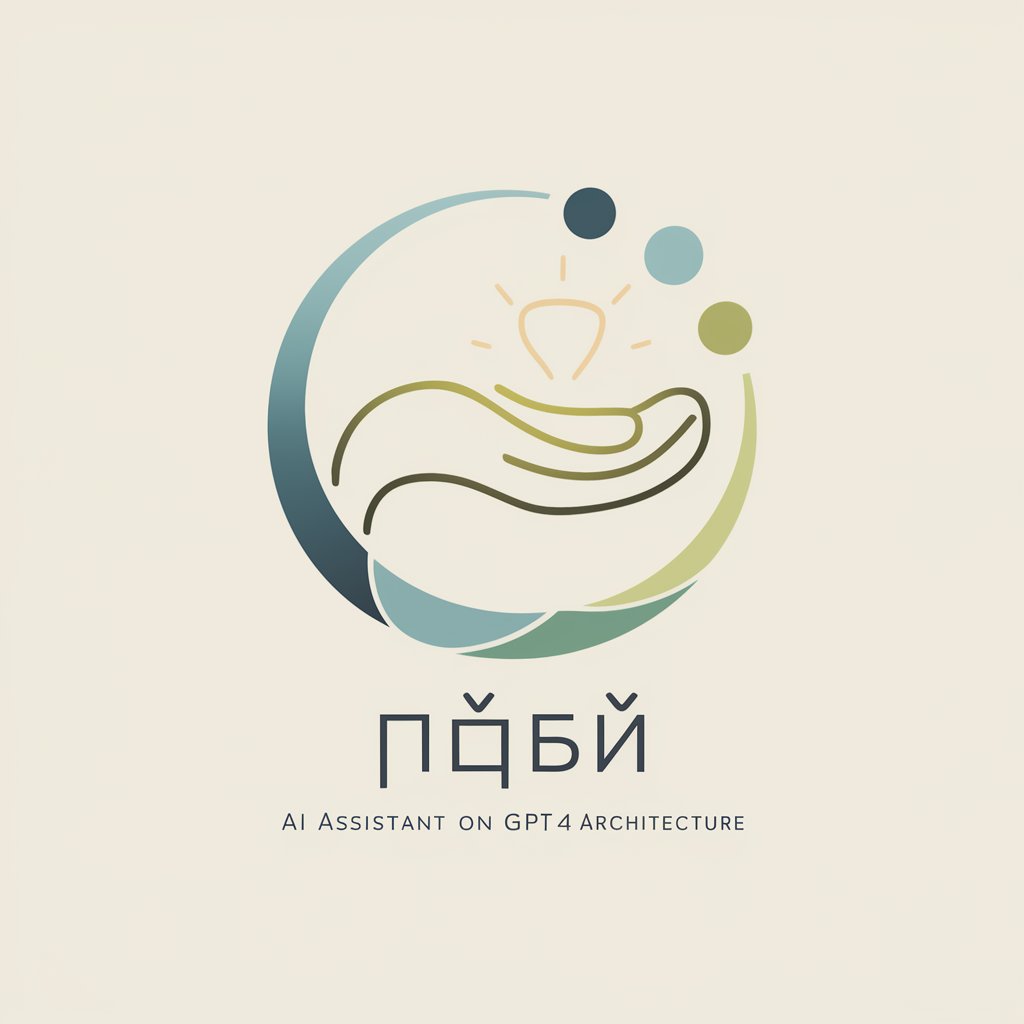
Topical Authority Generator for any Website
Empowering Websites with AI-Driven Authority

Eloquent Mentor
Elevate Your Words with AI

Moving Assistant
Streamline Your Move with AI-Powered Guidance

Detailed Q&A About Toes
What are the main functions of toes?
Toes play a crucial role in maintaining balance, supporting weight during movement, and enabling a range of motions for walking, running, and standing. They provide leverage and stability, helping to distribute body weight evenly across the feet.
How many bones are in a human toe?
The human toes consist of 14 bones, known as phalanges. Each of the small toes has three bones (proximal, middle, and distal phalanges), while the big toe has two (proximal and distal phalanges).
What common issues affect toes?
Common toe issues include bunions, hammertoes, ingrown toenails, toenail fungus, and arthritis. These conditions can cause pain, discomfort, and mobility challenges.
How do toes contribute to balance?
Toes contribute to balance by adjusting the body's center of gravity. This is especially important during dynamic activities like walking or running, where the toes grip the ground, providing stability and support.
Can toe injuries affect overall mobility?
Yes, toe injuries can significantly affect overall mobility. Since toes play a key role in balance and weight distribution, injuries like fractures, dislocations, or sprains can impair walking, running, and other activities.
